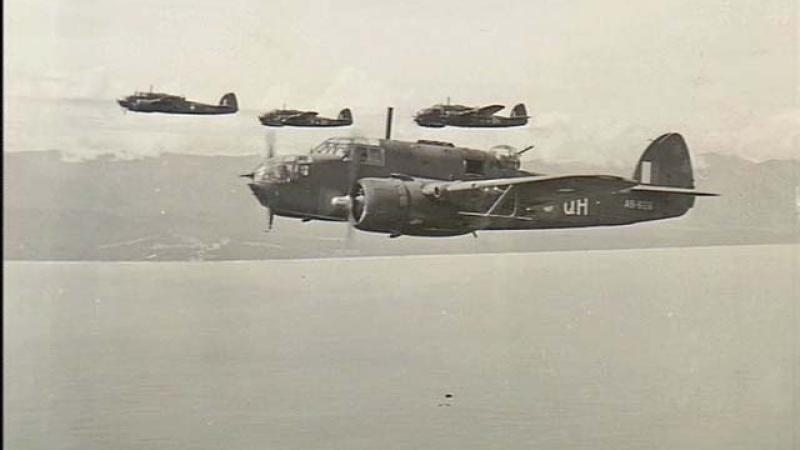The Australian Transport Safety Bureau has released the preliminary report from its ongoing investigation into the mid-air collision involving a Piper Seminole and a Beech Travel Air aircraft south of Mangalore Airport in Victoria on 19 February 2020.
The preliminary report details basic factual information established in the investigation’s early evidence collection phase, and outlines the collision’s sequence of events using a number of sources including ADS-B transponder data and information from an iPad with an electronic flight bag app installed. The report also outlines weather information at the time and notes that there was no recording of the Common Traffic Advisory Frequency (CTAF) frequency.
The Travel Air aircraft, registration VH-AEM, had departed Tyabb Airport for a return Instrument Flight Rules (IFR) training flight to Shepparton via Mangalore with an instructor and student pilot on board at 10:55 am. Meanwhile the Seminole, registration VH-JQM, advised Air Traffic Control (ATC) at 11:11 am they were taxiing for departure from Mangalore for a round-trip IFR flight via Essendon and Shepparton. An authorising testing officer and pilot were on board.
Six minutes later, the Travel Air began its decent from 6,000 ft for airwork at Mangalore between 4,000 ft and ground level. ATC advised the Travel Air of the departing Seminole from Mangalore. The Seminole then made a departure call, advising ATC of a planned climb to 7,000 ft. ATC passed details of the Travel Air’s intended airwork to the Seminole.
The two aircraft collided at 11:24 am approximately 8 km south of Mangalore Airport at an altitude of about 4,100 ft. The Seminole travelled for about half a kilometre to the east before impacting an open field, while the Travel Air continued north and impacted a lightly wooded area 1.4 km from the collision point. Debris was found in area ranging from 1.6 km to the north-north-east and about 200m to the west of the Hume Highway. The two pilots on board each aircraft were fatally injured.
Examination of the recovered radios, weather conditions at the time of the accident, as well as recorded area frequency calls and recollections of CTAF radio broadcasts will be the focus as the investigation moves forward.
ATSB Chief Commissioner Greg Hood noted preliminary reports do not contain findings, identify contributing factors or outline safety issues and actions, which will be detailed in an investigation’s final and any interim reports.
“Examination of the recovered radios, weather conditions at the time of the accident, as well as recorded area frequency calls and recollections of CTAF radio broadcasts will be a focus as the investigation moves forward,” Mr Hood said.
“Other areas for investigation include air traffic services actions, procedures and practices, traffic density in and around Mangalore Airport and classification of its airspace, and Class G* and CTAF operational and communication processes and procedures at the airport. Visibility from both aircraft will also be examined.”
A final report is expected to be completed next year.
“However, should a critical safety issue be identified during the course of the investigation, the ATSB will immediately notify relevant parties so appropriate safety action can be taken,” Mr Hood said.
* In class G airspace, air traffic controllers provide traffic information to IFR aircraft about other conflicting IFR and observed VFR flights, but do not provide separation services.
You can find here the preliminary report AO-2020-012: Mid-air collision involving Piper PA-44-180 Seminole, VH-JQF, and Beech D95A Travel Air, VH-AEM, near Mangalore, Victoria, on 19 February 2020







